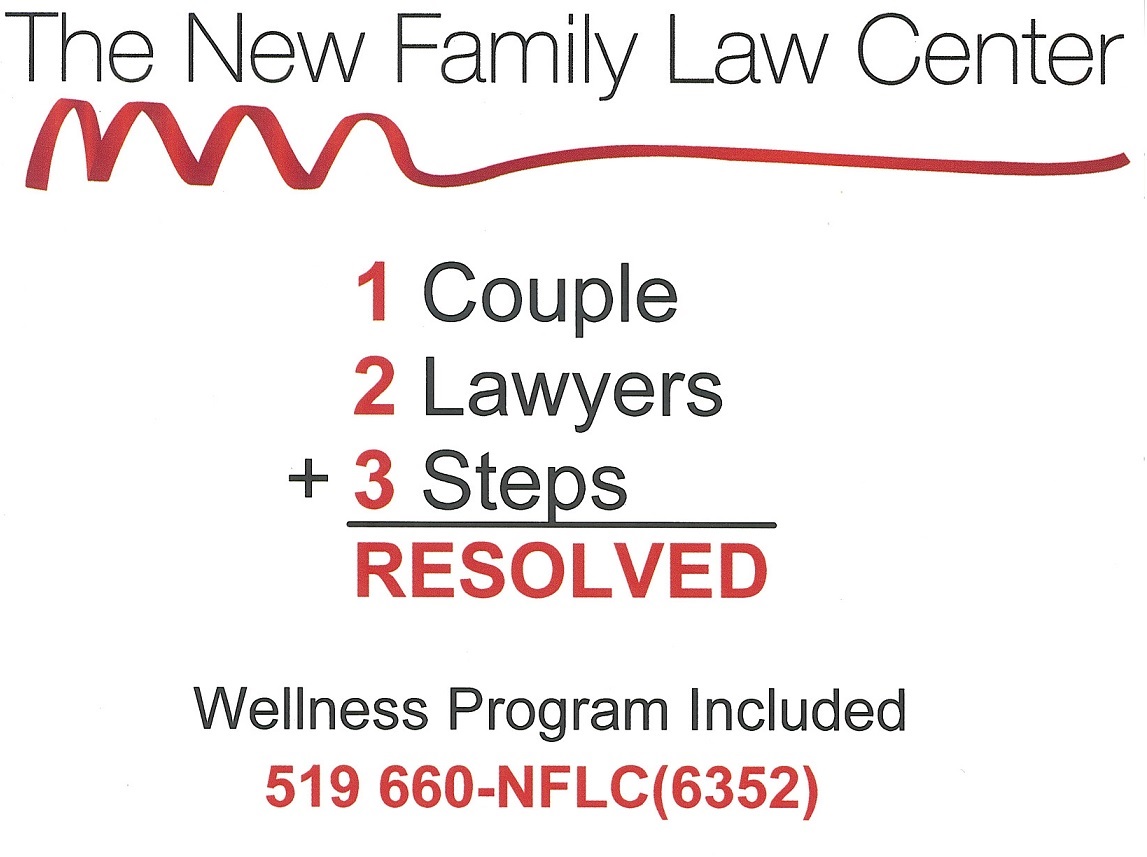Recently a conversation developed on my Facebook page between me and Laura Waldo, the author of the blog “Living Gluten and Grain Free”, on the subject of wheat allergy versus gluten intolerance. Laura provided a great deal of information, which I feel is very important to share. Here is our dialogue:
What is the difference between wheat allergy and gluten intolerance?
Think of a wheat allergy as the body having an IgE or mast cell response to the ingestion of wheat. Celiac Disease is an auto-immune disorder that causes inflammation and subsequent damage to the small intestine from the ingestion of gluten containing products. When people with Celiac Disease eat foods or use products containing gluten, their immune system responds by damaging and flattening the Villi – the tiny, finger-like protrusions lining the small intestine. Villi normally allow nutrients from food to be absorbed through the walls of the small intestine into the bloodstream. Without healthy Villi, a person becomes malnourished, no matter how much food one eats. Celiac Disease is a genetic disorder, in other words, it runs in the family.
Gluten Intolerance which is frequently referred to as Non-Celiac Gluten Sensitivity may not cause damage to the small intestine but has a myriad of symptoms including Neurological Disorders, Infertility/Miscarriage, Osteoporosis, Asthma, Epilepsy, etc. While we see more gluten free options available at our local grocery stores it is important to note that All Grains Contain Gluten. Good label reading practices should always be followed since manufacturers change ingredients and distributors frequently.
What would happen if someone didn’t know they had Celiac Disease and kept eating gluten? I’m wondering if they could still function, and if so, what one might see as symptoms. Also, at my health food store today, I was told that oats are gluten free and that they only pick up gluten as cross-contamination. Is that correct?
Unfortunately a person suffering from undiagnosed Celiac Disease frequently referred to as “Silent” or “Latent” Celiac Disease may not show any signs or symptoms of intolerance to gluten. Far too often people with Celiac Disease are not diagnosed and the final result of a lifetime of ingesting gluten is a diagnosis of cancer (usually of the stomach, throat, pancreas, or intestines). The symptoms of Celiac Disease (CD) vary so widely among patients that there is no such thing as a “typical celiac.” My husband was one such person eating gluten without issue; however, genetic testing revealed he indeed had Celiac Disease.
As stated above, Celiac Disease Symptoms vary widely, however here are a few that your readers should consider:
Vitamin and Mineral deficiencies to include: Vitamin D, B-12, E, and Magnesium,
Asthma,
Epilepsy,
Dermatitis Herpetiformis (a skin rash that is itchy with eruptions that look like acne), Gastrointestinal Distress (chronic Constipation or Diarrhea),
A diagnosis of Irritable Bowel Syndrome,
Mouth Sores (inside the mouth or around the corners of the mouth),
Anemia,
Tooth Enamel Defects,
Hyper or Hypothyroidism,
Other Auto-Immune Disorders to include: Type 1 Diabetes, Asthma, Rheumatoid Arthritis, Sjorgrens Syndrome, and Lupus.
Also watch for other family members that may have an intolerance to wheat or specific forms of cancer that run in the family.
Oats
All grains contain gluten (which is the protein of the grain) and that includes oats. Oats are frequently processed with high gluten containing grains (wheat, barley and rye), thus are frequently contaminated. Many with Celiac Disease can tolerate Oats and Rice because they contain the lowest proteins of the gluten containing grains.
What test would a person ask for to get genetic testing and is it a blood test?
Most doctors would simply perform a blood test called a “Celiac Panel”, which looks for certain antibodies in the blood, (IgG, IgA and tTG). This testing has proven to be far from accurate, especially for young children. Children under the age of 2 or 3 years of age do not produce tissue transglutaminase (tTG) antibodies. The Celiac Panel also looks for IgA or Antigliadin Antibodies, however 1 in 500 people do not produce IgA. That being said, any testing that reveals the presence of Tissue Transglutaminase (tTG) antibodies or high levels of anti-tissue transglutaminase antibodies (tTGA) is highly suggestive of Celiac Disease. If blood work suggests Celiac Disease the Doctor will also usually check for vitamin and mineral deficiencies and frequently orders an Endoscopy to determine if damage has been done to the Villi.
Endoscopy has been considered the gold standard in Celiac Testing since the 1960’s. A Doctor performs a biopsy; removing tiny pieces of tissue from the small intestine. Today, we know that this test is also less than accurate. Those suffering from Gluten Sensitivity may never show signs of damage to the Villi. We also know that it can take many years for someone with Celiac Disease to sustain damage to the intestinal mucosa, or biopsies can report false negatives if a person has already removed gluten from their diet. Armed with this information, putting a 2 or even 5 year old child through an invasive procedure that provides inconclusive results is cruel.
The only conclusive test that I am aware of for Celiac Disease is DNA/Genetic testing. There are currently 3 genetic markers that are recognized/accepted as being Celiac Markers: HLADQ2, HLADQ8 and DR3. Genetic/DNA testing uses saliva, typically a swab (similar to a Q-Tip) is rubbed on the inside of the mouth. The swab is sent to a lab for analysis and the results are provided in a couple of weeks. I am attaching a link for a company in Canada that performs this testing: https://myceliacid.com/Product/myceliacid_faq.aspx. Towncenterwellness.com also performs genetic testing and is in the U.S. Enterolab out of Dallas, Texas (www.enterolab.com) was the first to perform genetic testing for Celiac Disease and Gluten Sensitivity, their website contains great information for your readers. Please note that Genetic testing can be pricey, so check with your Doctor to see if he/she would perform the test, or if it is covered by insurance. My personal stance is that Genetic Testing from a reliable lab is the best choice for determining if a person has Celiac Disease or Non-Celiac Gluten Sensitivity.
Is it necessary when Celiac to avoid all traces of gluten, or are you okay eliminating most of it?
The answer to your question is that ALL gluten must be eliminated from the diet to achieve healing of the Intestinal Mucosa, Villi, and prevent damage to other organs. Most Doctors believe that eliminating Wheat, Barley, and Rye would be enough to heal the damage and many people live well on that elimination diet. Others may relapse on this diet and need to eliminate all grains to heal (corn, rice, quinoa, amaranth, teff, millet, buckwheat, sorghum, etc.)
Celiac Disease and Gluten Sensitivity can be difficult to diagnose and are frequently overlooked by mainstream medicine because the symptoms mimic other diseases. Most Doctors still believe that Celiac Disease is a rare disorder and only look for the “Classic Symptoms” of wasting, chronic diarrhea, or an Endoscopy result of damaged/flattened Villi. Sadly, the average age of diagnosis in the United States is 40! Gluten is hidden in everything so it can be difficult to rid from your diet/lifestyle. Examples of products containing gluten include: Medications (prescription and over-the-counter), laundry detergent, hand soap, coffee, makeup, craft supplies, butter, grocery store meat, and household cleaners. Labeling Standards are lacking, and in the United States the Food and Drug Administration (FDA) allows up to 2% of an ingredient to be added to a product before it has to appear on a label. People with Celiac Disease/Gluten Sensitivity can react to less than 20ppm of gluten in a product. To put that into perspective, a one-ounce slice of regular white bread has approximately 3,515 mg of gluten, or 351 times the maximum amount safe for Celiacs, so, a crumb of bread is too much.
Thank you, Laura, for sharing such helpful information. I am inspired by mothers who devote themselves to learning how to heal their children and keep them safe. Please visit Laura’s blog to learn about her journey to gluten free health by clicking here and check out her recipe index (there’s a recipe for grain free chocolate cake with ganache that looks amazing).








